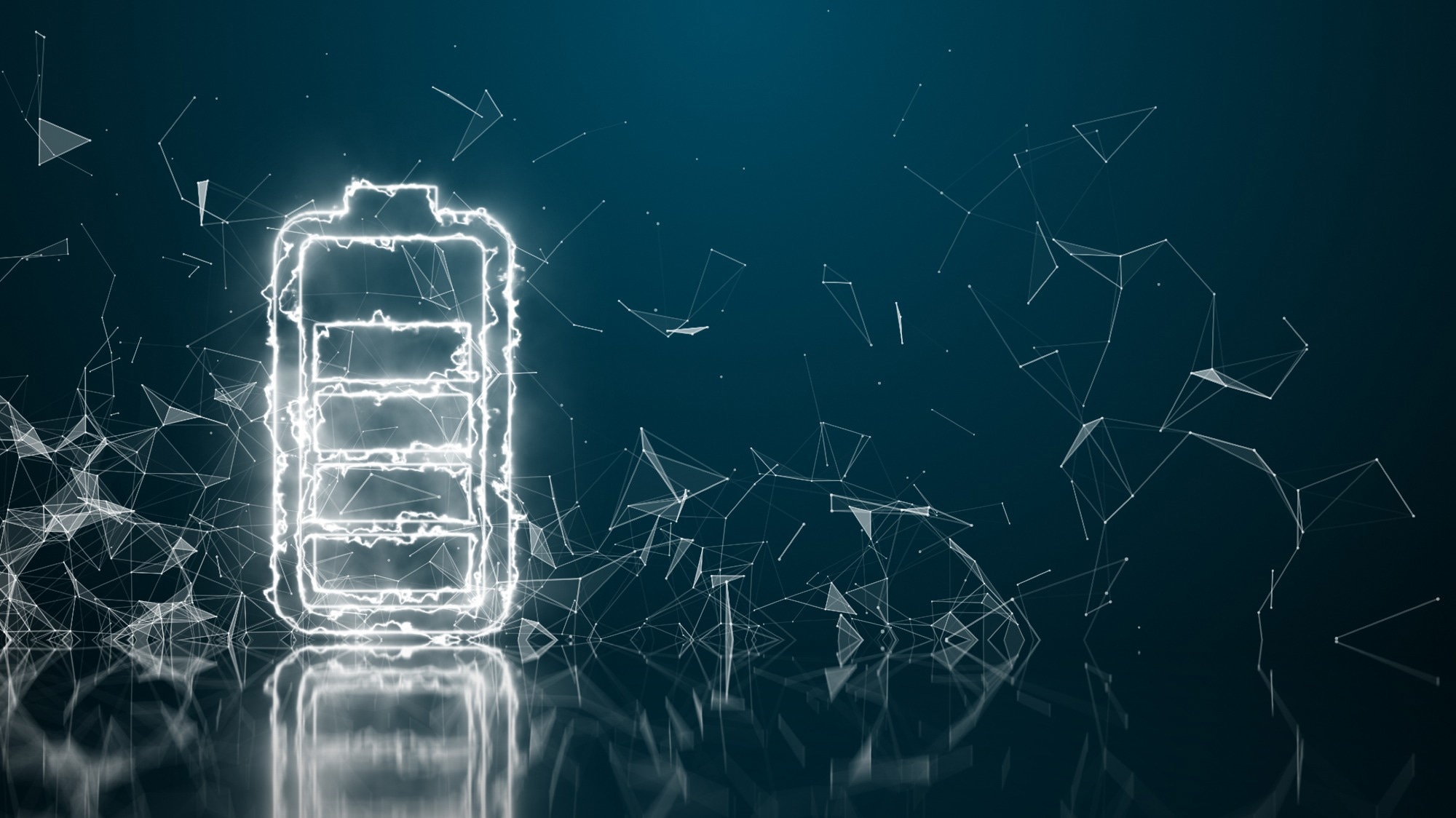Lithium-ion (Li-ion) batteries are ubiquitous in today’s world. They are scattered around our homes, powering numerous domestic appliances and devices; they power our smartphones and wearables. Li-ion batteries have also helped drive the battery revolution in electric vehicle (EV) technology.

Image Credit: Immersion Imagery/Shutterstock.com
However, when they come to the end of their service life or fail, there is the major issue of waste. Recycling Li-ion batteries is one option, but most existing processes require chemical extraction processes and expert technicians and can pose an environmental risk during processing.
This also leads to increased costs and time when it comes to relying on existing methods. However, a team of researchers at Rice University has developed a rapid green recycling method that is able to make key battery components available for reuse.
Working from the Rice lab of Professor of Chemistry, Materials Science, and Nanotechnology, James Tour believes that they have a solution that leverages a novel “flash” Joule heating process they developed, which produces graphene from waste.
Lithium-Anode Revival
In a paper published in the journal Advanced Materials, the team explains how they recalibrated the flash joule process to revive graphite anode materials found in Li-ion batteries and eliminate impurities so that they can be reused over and over.
The team hopes their green flash joule process could address the challenges faced when it comes to recycling Li-ion batteries. Li-ion batteries cannot be handled like traditional electronic waste, as lithium is a highly reactive element.
“The production of lithium-ion batteries in 2026 is expected to be five times what it was in 2017, and right now, less than 5% of them are recycled,” explains Professor James Tour, who introduced the flash process for graphene in 2020.
That puts a heavy load on the environment, as these spent batteries are processed, and the anodes burned for energy or sent to landfills.
Professor James Tour, Rice University
Addressing environmental concerns is key as battery waste adds to the pollution problem; when measured against the rate of production and projections for future use, the issue of what to do with waste also increases.
Professor Tour claims that the flash joule recovery process can revive the key and precious metals and “recondition anodes in a far more environmentally and economically friendly manner.”
Environmental Compatibility: Flash Joule Heating
The flash joule recovery process works by inducing degradation on the conductive electron-insulating layer on the battery electrodes, known as the solid-electrolyte interphase (SEI). This layer typically protects the anode from any reactions that may cause harm, as well as conducting lithium ions.
Applying the flash joule method is also considered a greener solution in contrast to existing methods, as flash heating provides a string of environmental benefits, as solvents are not required, cutting down on the use of harmful chemicals and minimizing the amount of energy needed to achieve maximum results.
Flashing the SEI leaves behind graphene particles that demonstrate improved future energy capacity capabilities, good rate performance, and cycling stability compared to existing recycling methods such as high-temperature calcination.
As well as being time-consuming, high-temperature calcination is energy intensive and, on an industrial scale, is considered a major contributor to the release of CO2 and, therefore, a contributor to climate change.
The Rice lab projects that the cost of recycling one ton of untreated Li-ion anode waste would be in the region of 118 USD but would recover a specific capacity of 351 milliamp hours per gram at 32 degrees Fahrenheit, surpassing the electrochemical stability and rate performance of anodes recycled by high-temperature calcination.
Beyond the spent graphite anodes, we are confident that the cathodes, the electrolytes and their mixtures can be effectively recycled or reconditioned by our method.
Weiyin Chen, Graduate Student, Rice University
Tour, Chen, and the rest of the team have successfully demonstrated that the flash joule method can be reconfigured and has the application potential to lead a green revival of lithium-ion anodes, paving the way toward a more environmentally compatible future for Li-ion batteries.
References and Further Reading
Williams, M. (2022) Rice flashes new life into lithium-ion anodes, Rice News | News and Media Relations | Rice University. Available at: https://news.rice.edu/news/2022/rice-flashes-new-life-lithium-ion-anodes
Chen, W. et al. (2022) “Flash recycling of graphite anodes,” Advanced Materials, p. 2207303. Available at: https://onlinelibrary.wiley.com/doi/10.1002/adma.202207303
Disclaimer: The views expressed here are those of the author expressed in their private capacity and do not necessarily represent the views of AZoM.com Limited T/A AZoNetwork the owner and operator of this website. This disclaimer forms part of the Terms and conditions of use of this website.